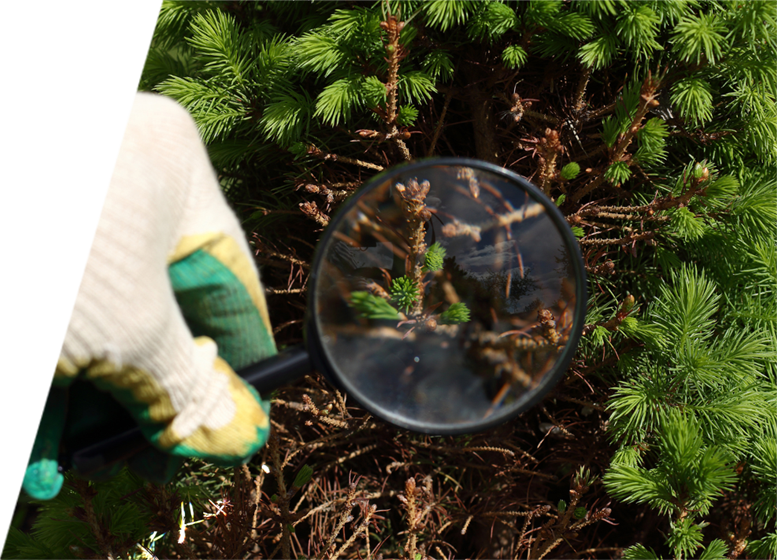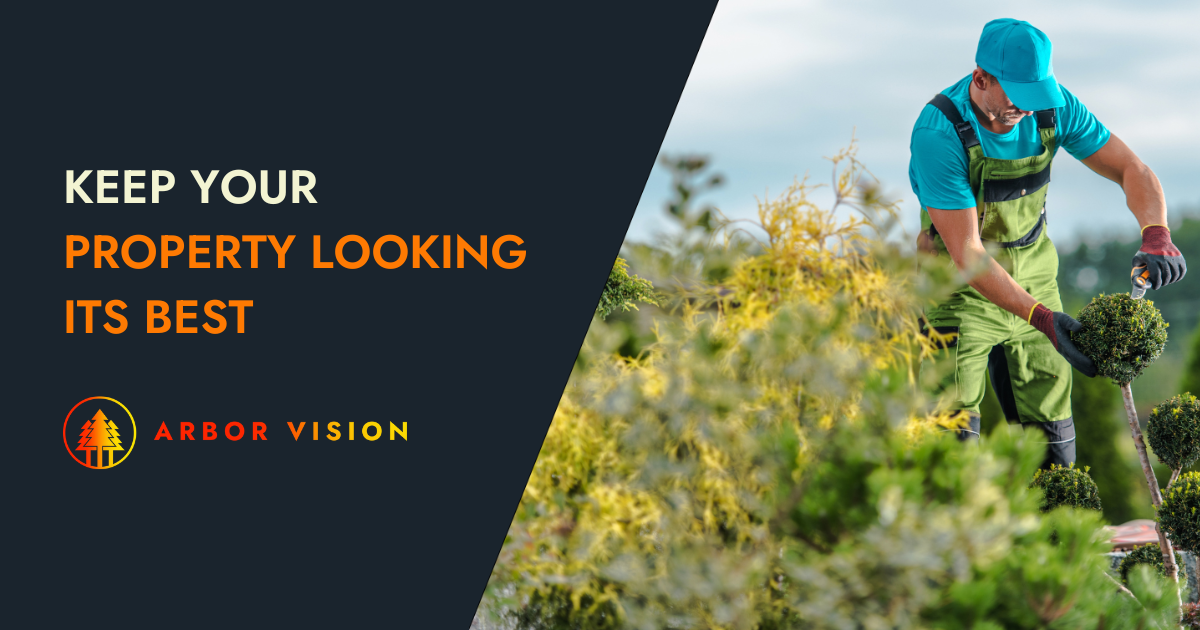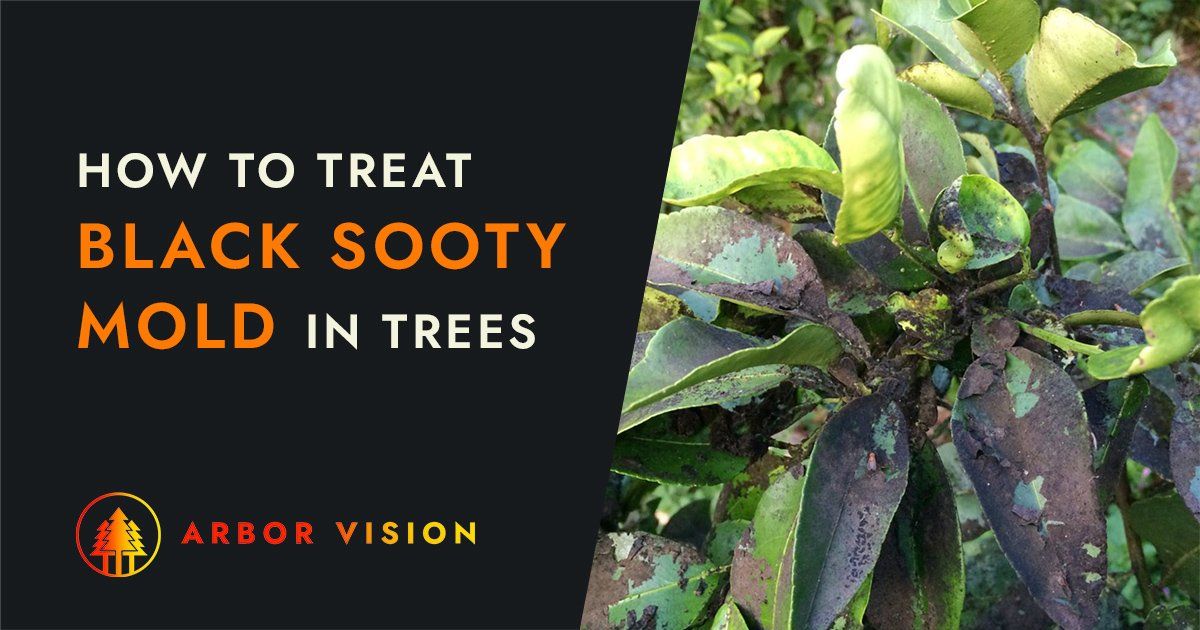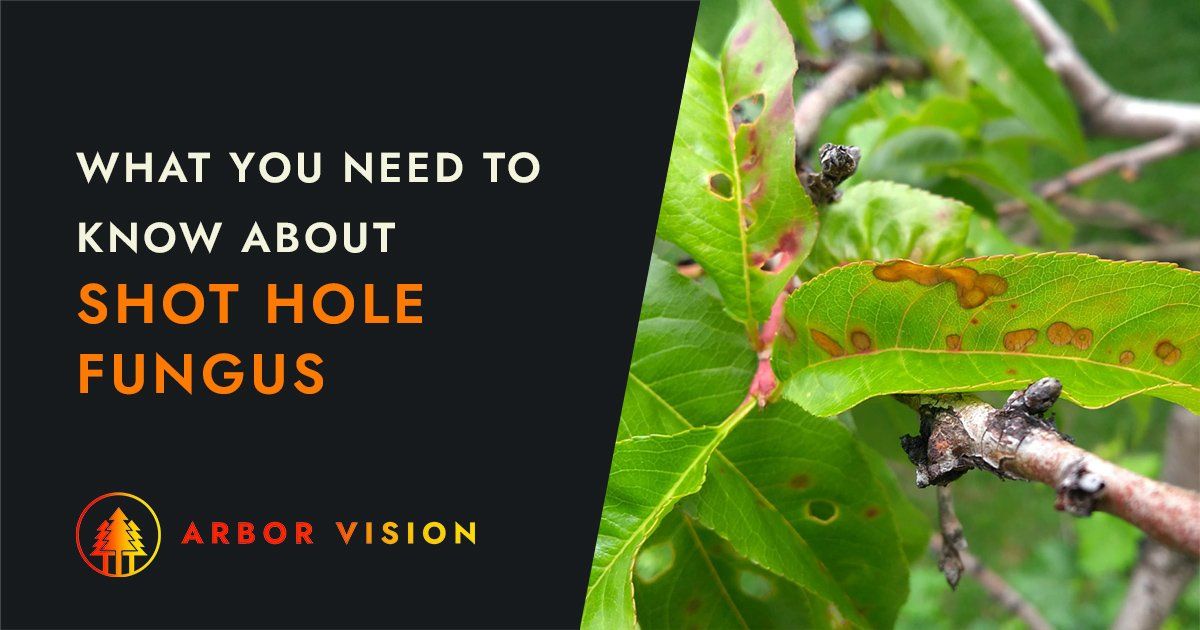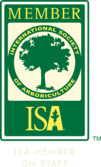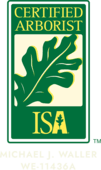The East Bay is home to a number of different types of trees, some more common than others. We've put together a useful guide that will teach you how to deal with the tree disease you're looking for, while keeping your tree healthy and happy.
Share this page:
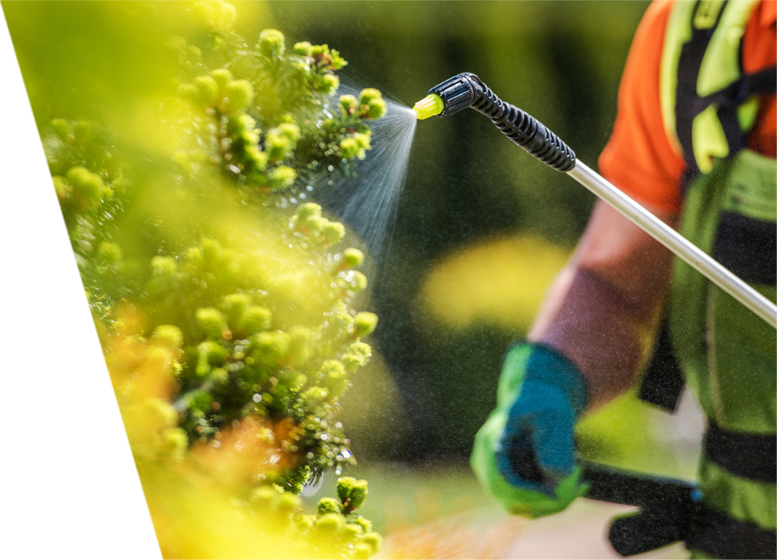
Treating Common Tree Diseases in the San Francisco East Bay Region
Many property managers are unaware trees are susceptible to diseases, just like humans and animals. Diseases can be spread through direct contact with a sick tree, insects, animals, air, water, or soil. As a result, your trees can display unusual “symptoms” that require attention. While some diseases cause “cosmetic” damage altering the appearance of your trees, others can be deadly. Here we review how common
tree diseases are treated in the San Francisco East Bay region.
Common Disease Treatments
ISA-certified arborists are tree disease specialists who can determine the need for tree treatments, including treating the soil with fungicide, pruning branches, or removing the entire tree. Tree spraying with fungicides or insecticides helps prevent disease. The treatments can be applied via root injection, soil injection, or trunk injection.
If trees are severely infected, it is necessary to remove the tree or prune or trim the branches. Soil conditions can also be improved by introducing biological organisms or spraying the soil to kill tree pests such as bark beetles. Granular fertilizers are used to address soil deficiencies.
Discover the Key to Flourishing Trees
Just like humans, trees need proper care to stay healthy. Delve into our informative video where we share invaluable insights on combatting common tree diseases in the East Bay region.
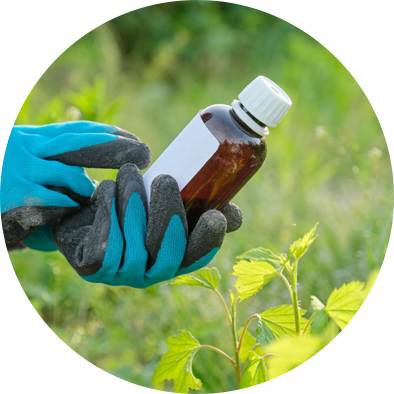
Fungicides
Most fungicides are “fungistatic,” meaning they prevent fungal growth instead of killing it. So instead of acting like an antibiotic, which is therapeutic, killing the disease once it has set in, they prevent it from occurring in the first place.
Method of Application
Fungicides can be sprayed or injected into the soil, leaves, stems, or trunk, depending on the disease.
Types of Diseases Treated
- Shot Hole Fungus Treatment
- Treating Sooty Mold Fungus
- Treating Chinese Elm Anthracnose
- Fruit Tree Molds
When Spraying is Recommended
Fungicides are used when the disease is identified as a mold. Considerations include:
- Disease Type: To avoid causing more harm than good, the type of disease must be confirmed. This ensures the correct type of fungicide and application method is used. For example, deciduous trees respond better to trunk injections.
- Timing: Many diseases have a small window of time when spraying is effective. We must consider the disease and the right time of year to apply the spray; otherwise, the disease can worsen.
- Scheduling: Along with timing, some disease-prone trees must be sprayed regularly.
Effectiveness
As mentioned, fungicides are more effective when applied as a preventative treatment. Therefore, fungicide success depends on applying the suitable fungicide at the right time and using the proper method.
Advantages
Fungicides help prevent the spread of disease to uninfected trees or further infection in trees where the infection has already set in.
Disadvantages
Fungicides do not “cure” infected/damaged trees. Therefore, in most cases, it is too late to apply the fungicide when you realize something is wrong.
Environmental Considerations
Frequent fungicide use can be damaging to the environment as it allows toxic substances to migrate from the soil into ecosystems. They also kill or damage soil-dwelling microorganisms that contribute to healthy soil.
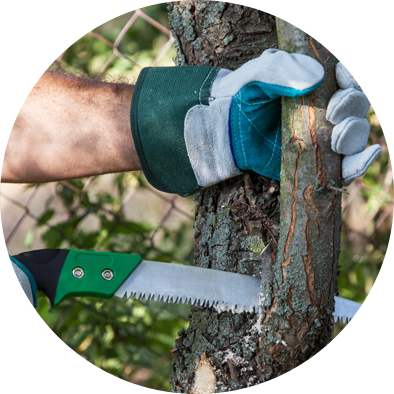
Pruning Branches
Pruning a diseased tree can often “cut the disease off at the path,” removing damage and allowing the tree to thrive.
Method
Diseased limbs are removed by pruning them into healthy wood at least 10 inches from the dieback. Quick action is necessary to reduce the spread of fast-spreading diseases such as fire blight. In this case, it is best to prune as much as 12 to 18 inches below the point of discoloration to ensure it does not reach the trunk.
Once it spreads to the trunk, the tree has to be logged. Any branches pruned must be disposed of properly, as the disease can continue to spread if you keep the cut-offs in your composting bin. Pruning is most effective when the tree is completely dry, and rain is not expected for three to four days.
Types of Diseases Treated
- Treating Chinese Elm Anthracnose
- Treatment for Canker Diseases
- Blight Treatments
- Treating Fire Blight
When Pruning is Recommended
It is often too late to remedy a diseased tree if you don’t catch the infection at the early stages. However, pruning can help when:
- The disease has not spread to the trunk
- The disease is not on almost all the branches
- Pruning will not increase the risk of opening the tree up to further disease, such as beetle infestation through exposed wood
Effectiveness
Diseased wood contains “inoculants” that spread and re-infect your tree due to insect eggs, spores, and bacteria. If you can remove the diseased branches early enough, it can be pretty effective.
Advantages
If you can remove the diseased tree parts in time, you can stop the disease from spreading.
Disadvantages
Pruning at the wrong time of year can open the tree to other infestations.
Environmental Considerations
Pruning can pose threats to the ecosystem despite not requiring the use of chemicals. Improper removal and destruction of the infected branches can lead to the spread of the disease. Some diseases are so contagious that tools must be disinfected.
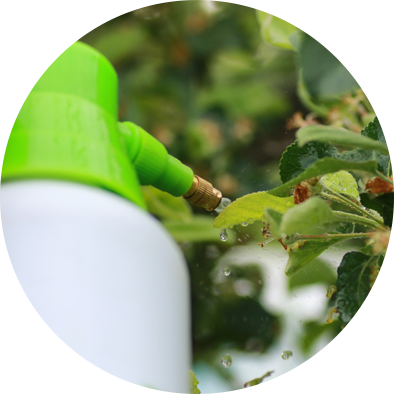
Insecticides
Insecticides kill and prevent insect infestation. Systemic tree insecticides are more effective than topical sprays for boring insects. They are injected into the trunk or applied at the roots, allowing the insecticide to penetrate the entire tree reaching the eggs, larvae, or insects as they feed. Topical sprays are ineffective against boring insects or insects with a natural coating that protects against chemicals. Tall trees are also more challenging to treat with sprays. However, spraying is recommended when specific infestations are already set in.
Method of Application
Systemic insecticides are injected into the tree trunk or applied to the roots. Both topical and systemic insecticides are applied in the spring before insects appear. The tree must be actively growing for the systemic insecticide to work. Spraying takes place once the infestation is noticed.
Types of Insects
Bark Beetles
When Are Insecticides Recommended?
As with fungicides, using insecticides is best applied before infestation:
- Topical sprays: Topical sprays work best on smaller trees so all branches can be reached. Sprays are recommended when insects are present, so the chemicals come into direct contact with the insects.
- Systemic insecticides: Ask your arborist what tree species can benefit from a spring systemic treatment so you can time it right and have the injections worked into the tree to prevent infestation. Unlike topical sprays that start working immediately, the systemic insecticide can take some time to move through the tree. Typically, applying a systemic insecticide before pest damage appears is best.
Effectiveness
Systemic insecticides reach every branch of the tree, as well as the sap. So whether the pest infests bark, wood, or sap, they will ingest the poison and die.
Advantages
Systemic insecticides work well for boring insects and cause less impact on the environment.
Disadvantages
Prevention is key to avoiding infestations which means a proactive approach is required.
Environmental Considerations
Many systemic insecticides are safer than sprays and won’t kill essential insects such as bees and other pollinators. They also don’t spread to other areas of the property like sprays, reducing the risk of interference with the ecosystem. Always ask tree disease specialists what chemicals they use and confirm they won’t harm eco-friendly insects.
Learn More
It can be challenging to treat tree diseases without help from tree experts. If you're interested in learning more about East Bay's
tree inspection and disease treatment specialists, click
here.
Share this page:
